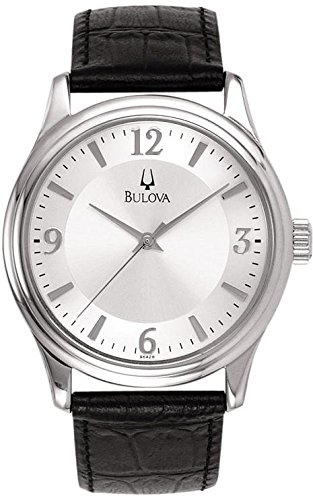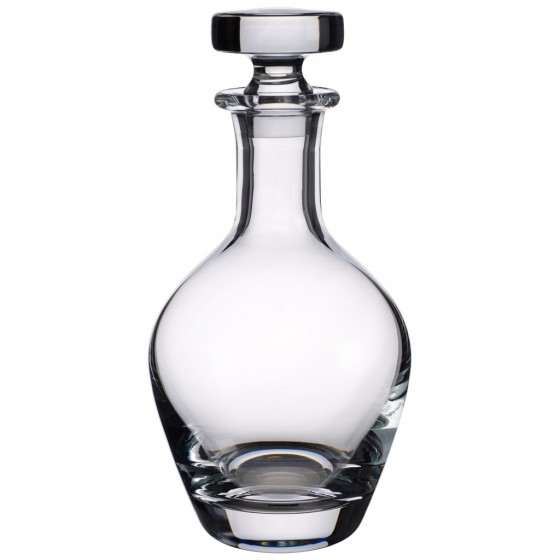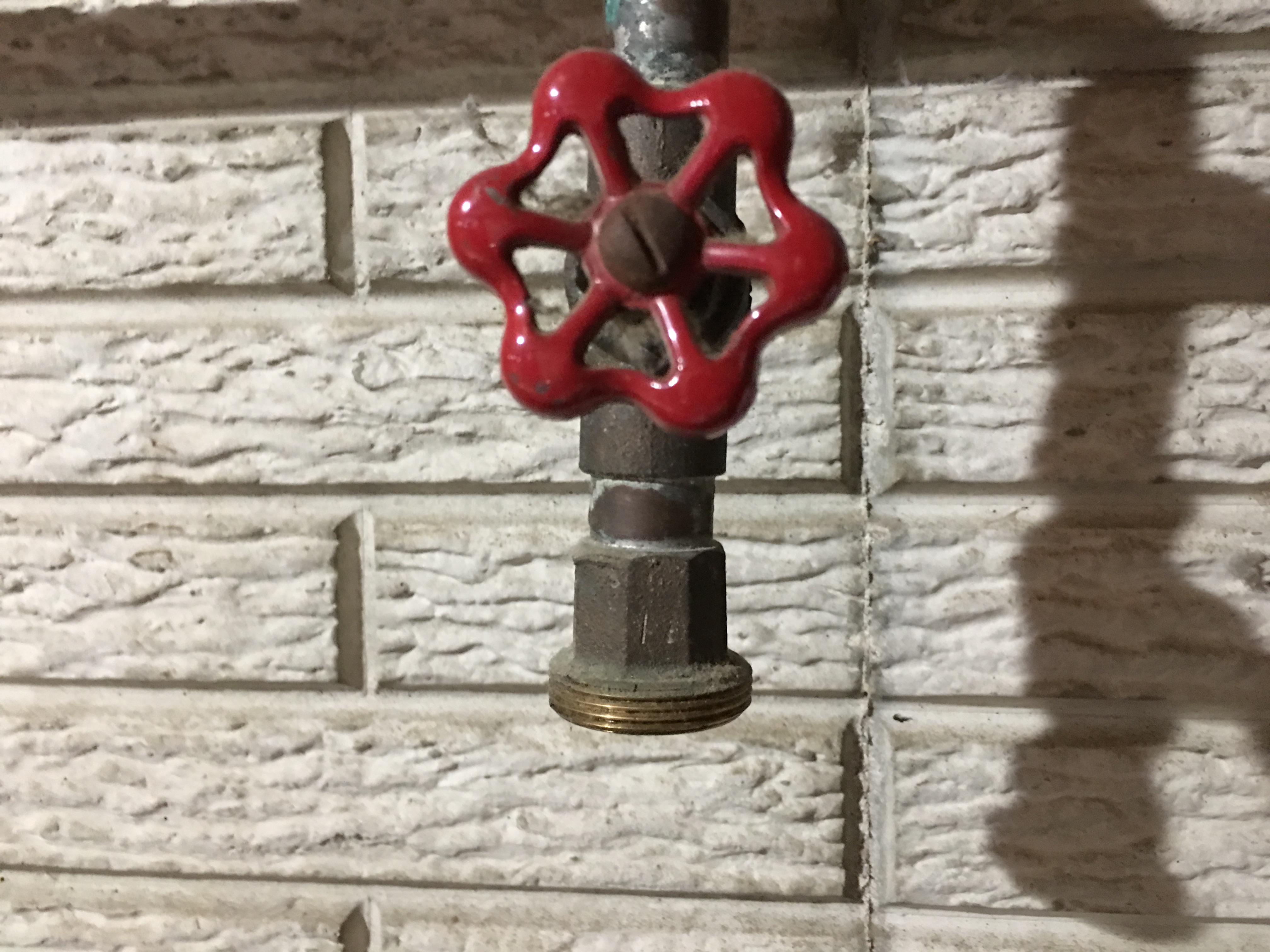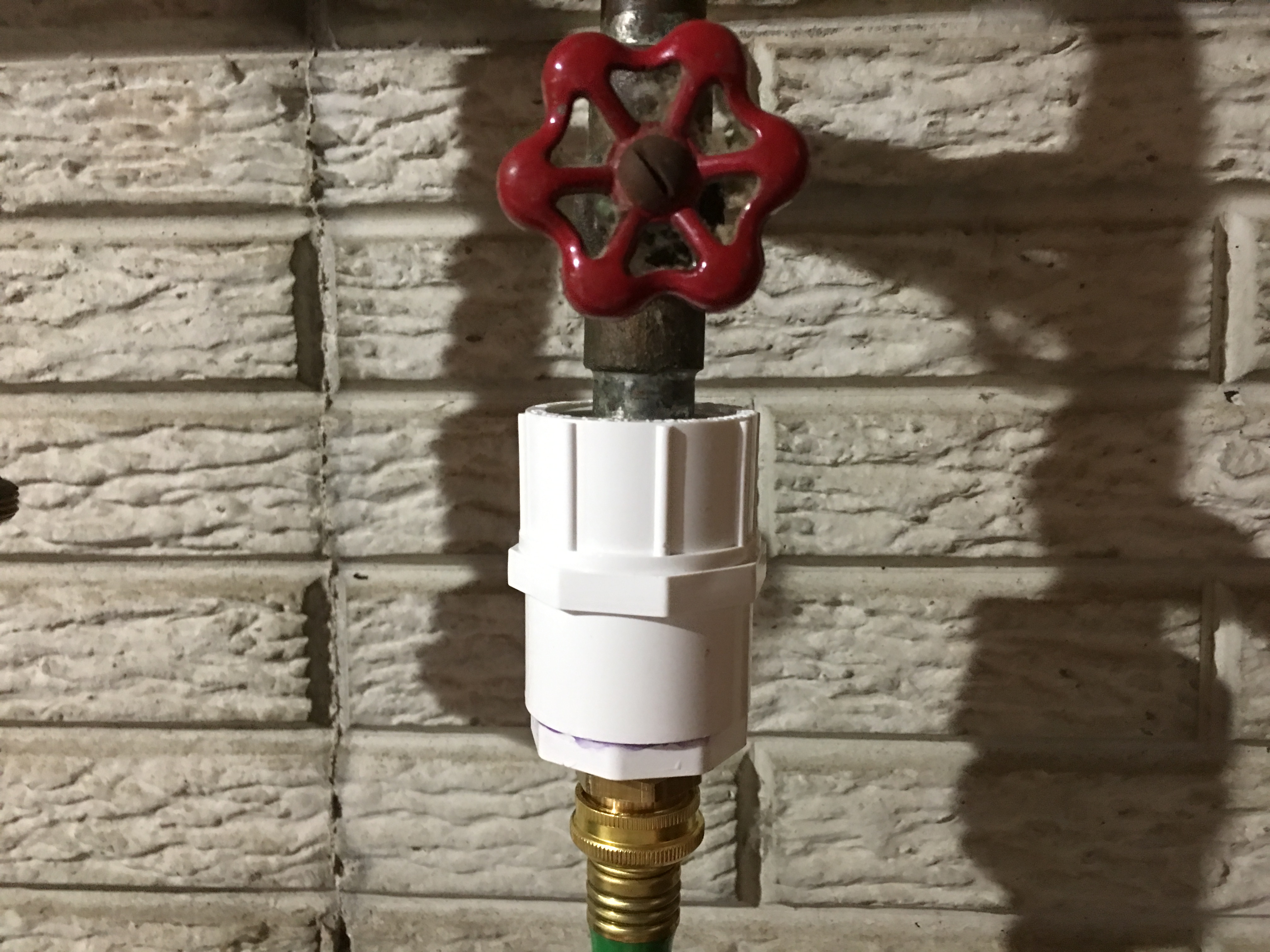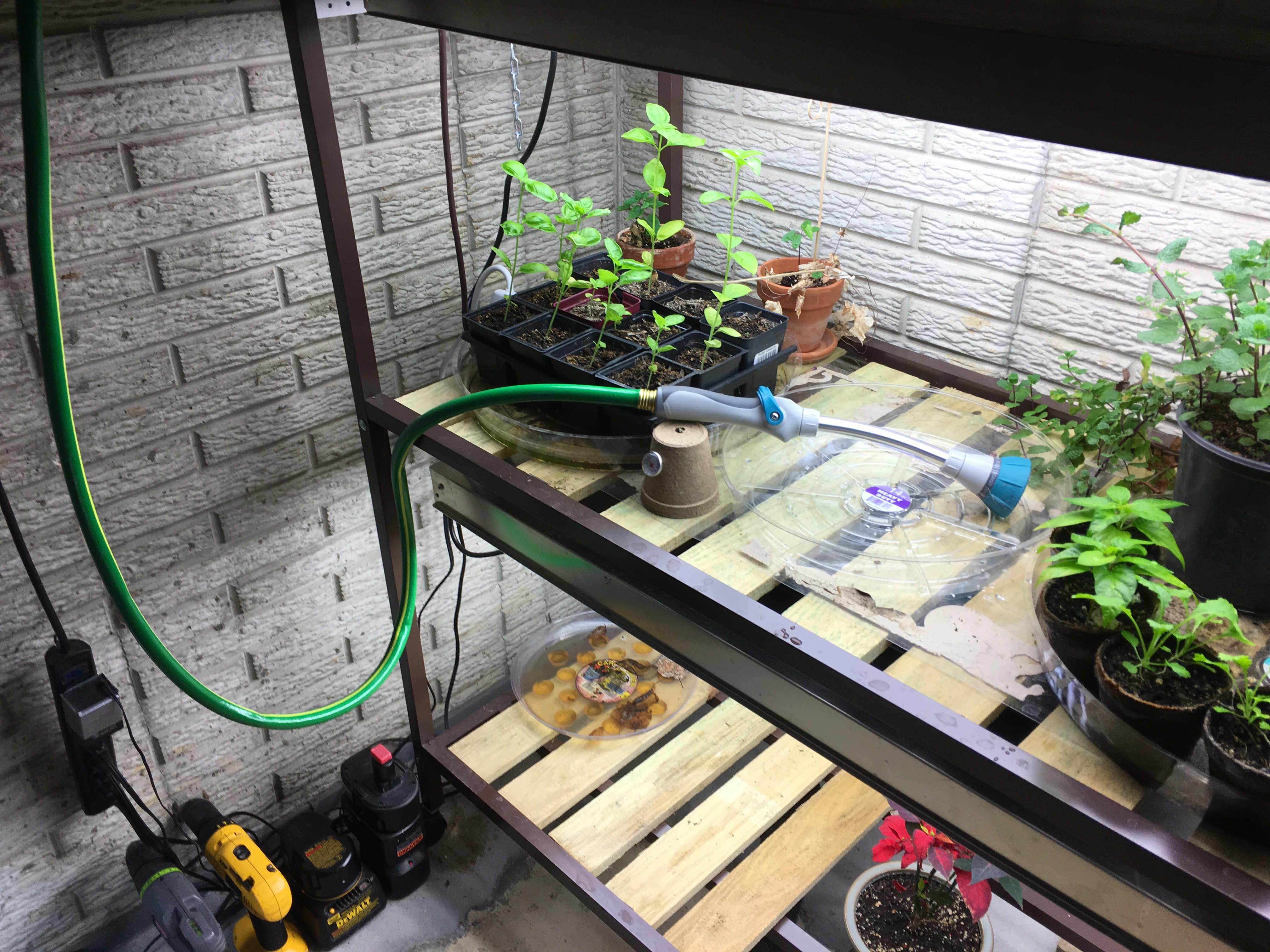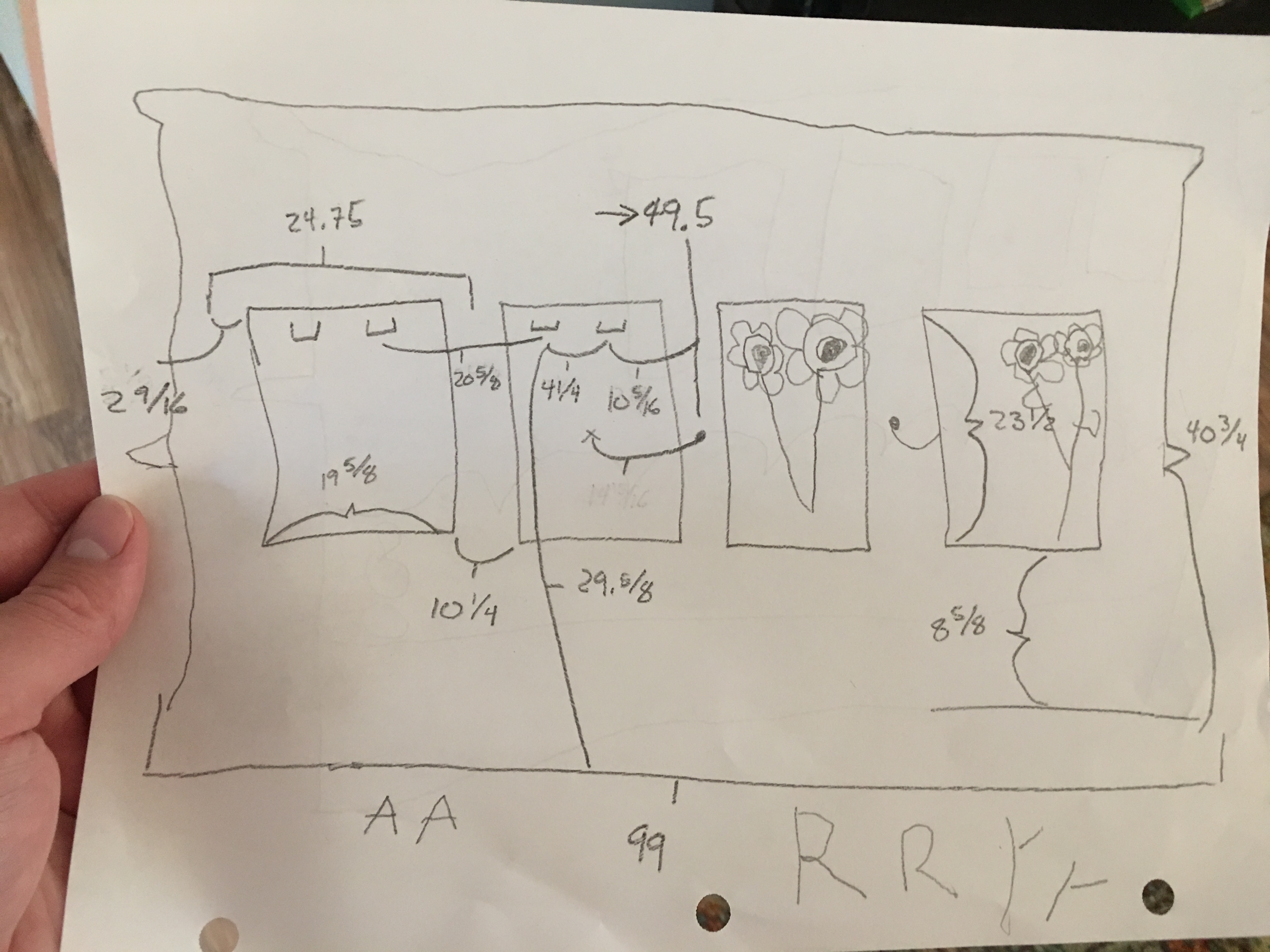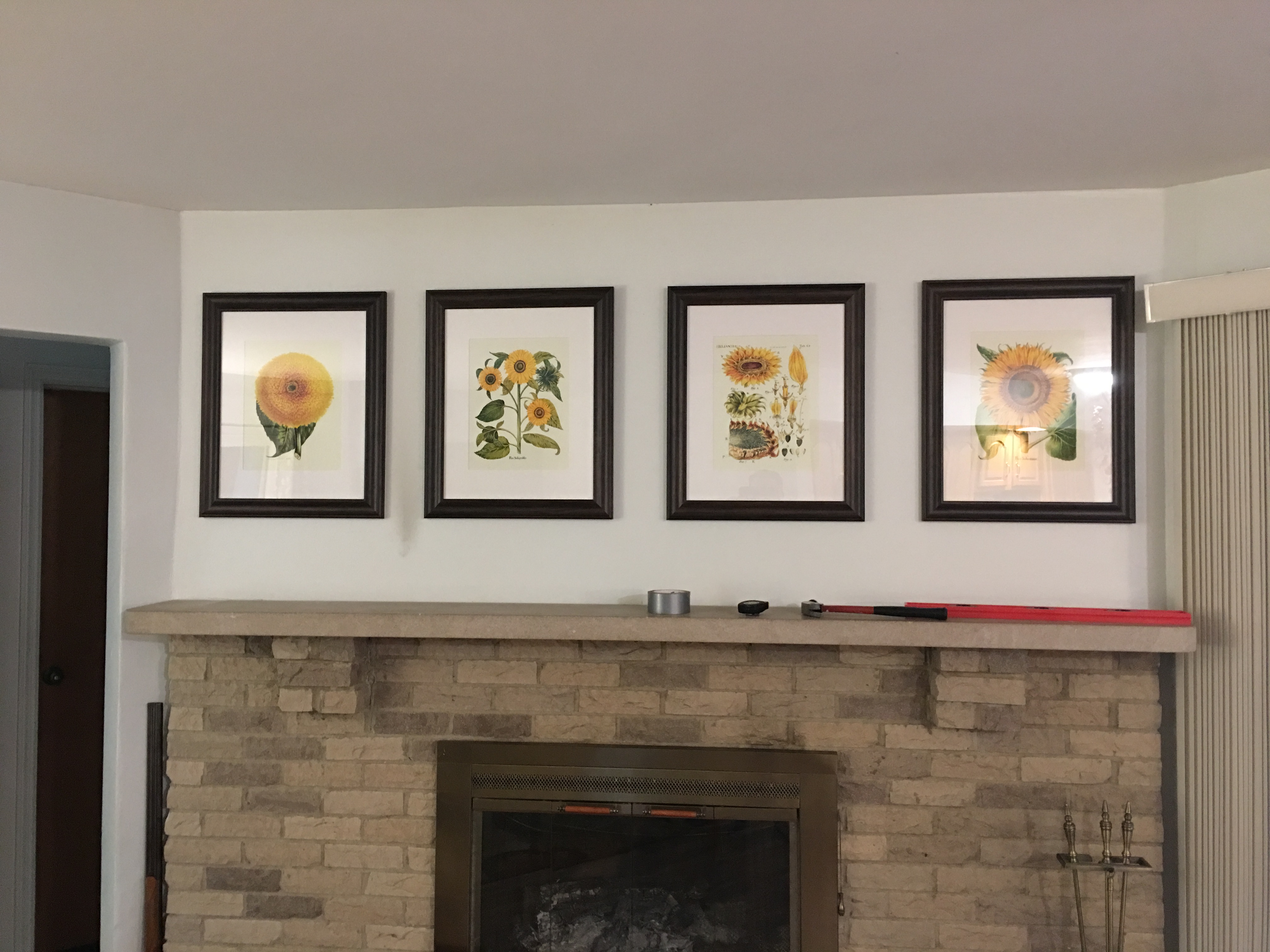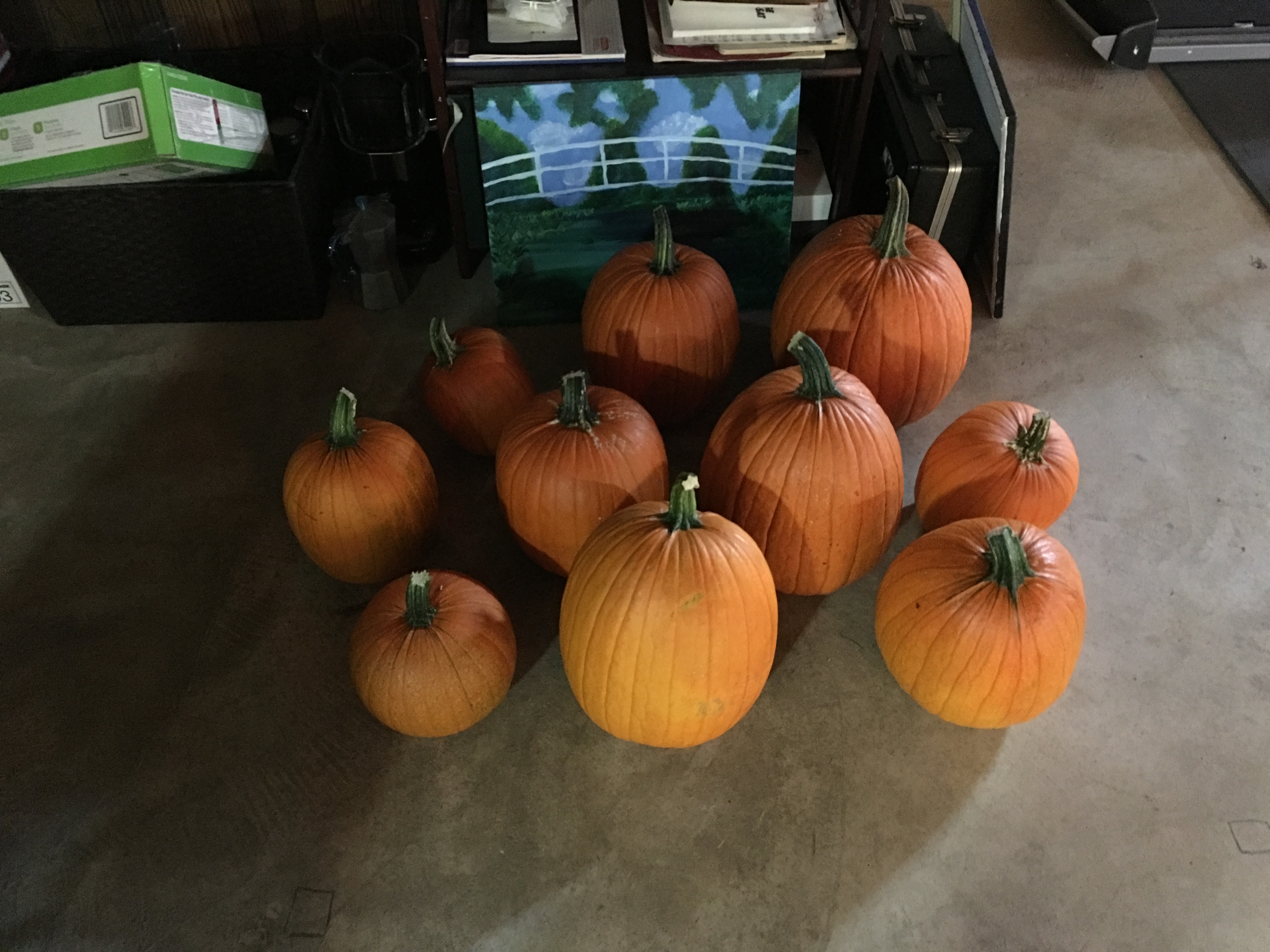As a species, we’re obsessed with the metaphysical–a concept that has long predated the scientific method and its analysis of the empirical…and of course the two have always been at odds. The latter offers explanations based on irrefutable perception, while the former is more supposition. Perhaps it’s because the scientific method has and always will probably fail to answer every question that could ever be conceived by the powers of runaway brain growth and abstract cognition.
But historically, the greater unease has been the possibility that a mortal might tap into the metaphysical to produce very physical consequences. It’s easy to be understanding of a deity, who presumably has the knowledge and intellect to manipulate the metaphysical in a responsible manner, but were a human to dabble in the occult and gain unearthly power over the physical, well then the conclusion could only be that this power will corrupt and the practitioner would become evil.
That’s one guess anyway, although I think the greatest influence on changing the public perception has been Christianity. Alchemists and shamen became witches and heretics. Then again, so too were prominent scientists in their day. Maybe the greatest fear then was threatening the status quo and the balance of power.
Despite the lengthy introduction, this is not a post aimed to tackle these questions. No, this is a post of inquisition, though not in the scary torture type of religious context.
I went out to split some firewood, and saw these:
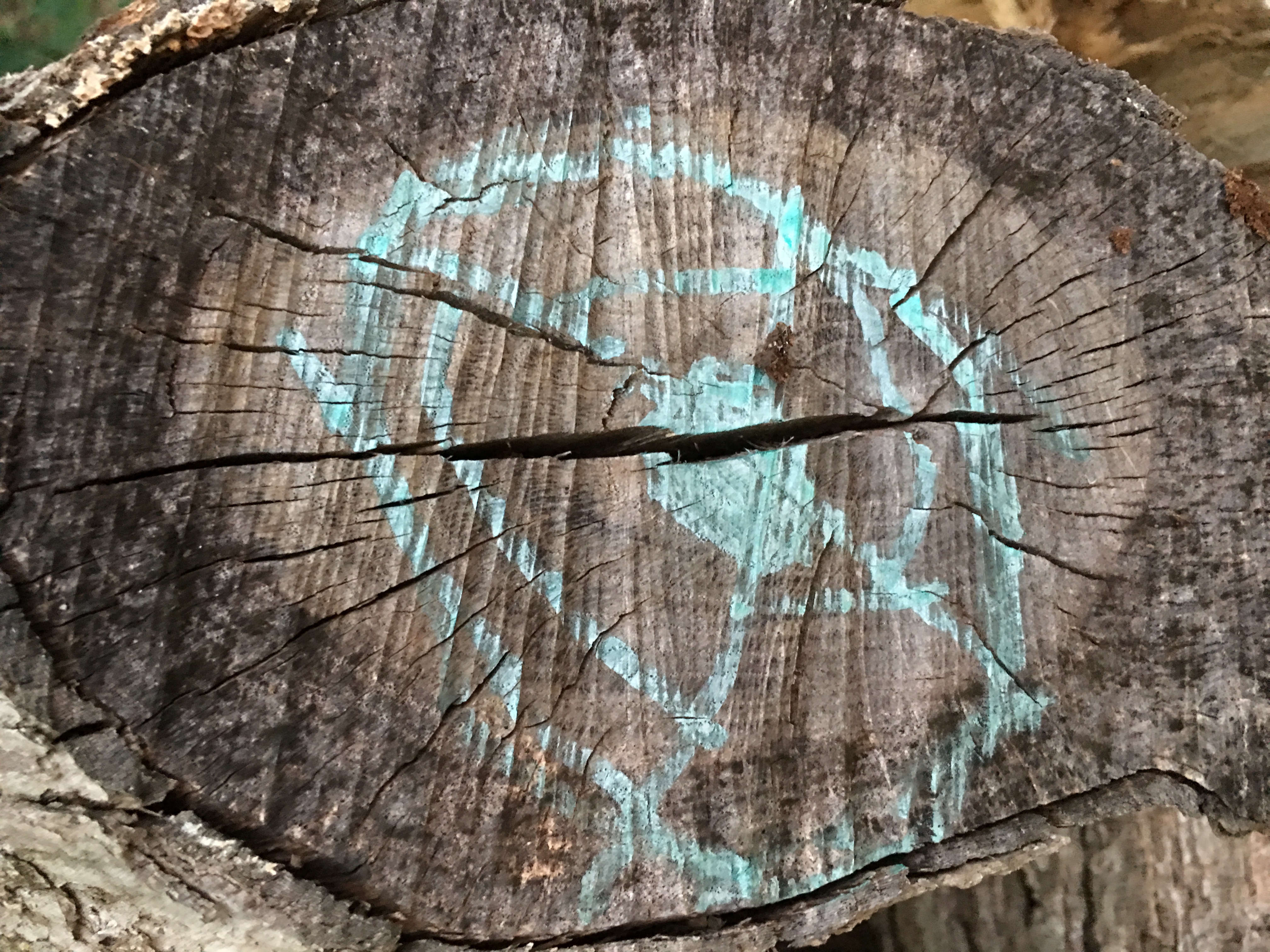
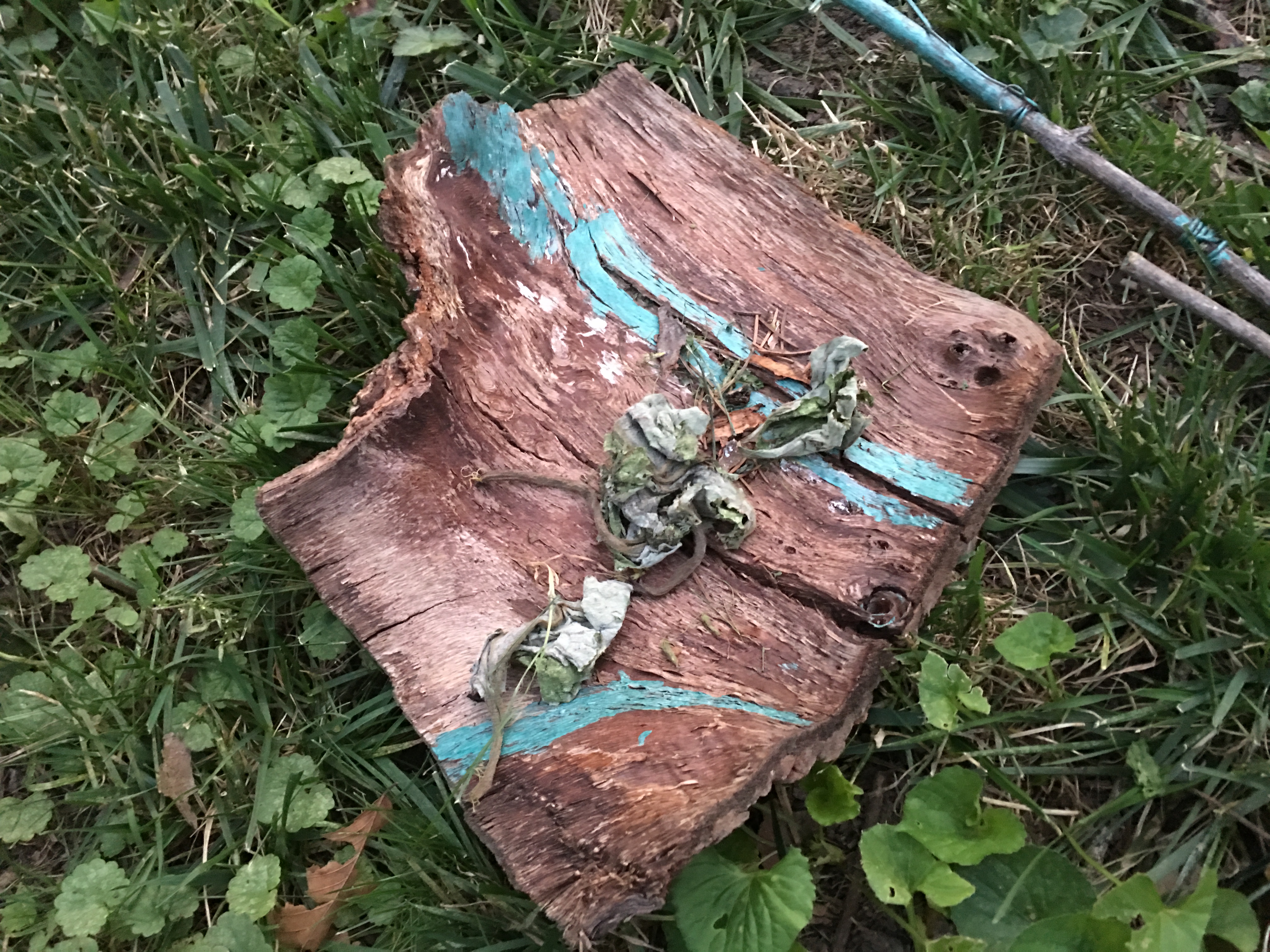
Naturally curious at what appeared to be a magic circle, potion, and wand; I asked my daughter for an explanation. Her simple answer: “It’s a spell.” Unlike what some of her more distant relatives might have, I did not start splashing her in holy water and waving a rosary. Rather, I was curious where she had learned about these things. The color of the markings even resembled woad. Interesting. I wondered what she was conjuring. Maybe she was trying to cure herself of the virus that had been plaguing her respiratory system for the last two weeks.
But upon further questioning, it was apparent that I had misheard. A child’s soft palate had lended a lisp to her words. It was not a spell. It was a stove. She had drawn a range and was cooking stew. It was no attempt to bridge the material and metaphysical, no, it was a simple emulation of the culinary arts.

I admit, I was a little disappointed. Then again, learning to cook is probably a more valuable life skill than making love potions.
–Simon

